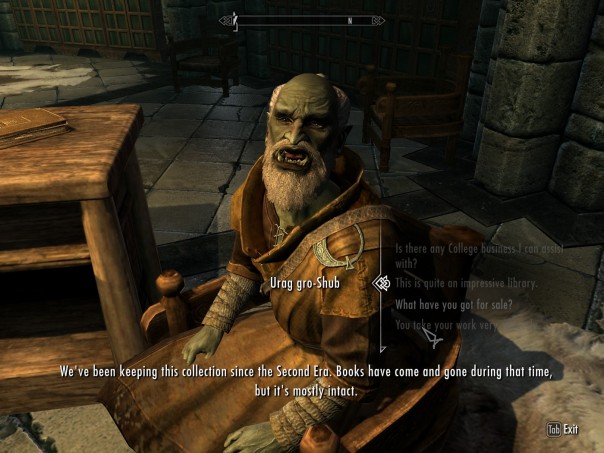Why do we use augmented reality for heritage? To show what is not there, navigate and orient people, to reveal what is created intangibly by our indirect actions, or to reveal our impact on material remains..
But AR/MR/games can reveal archaeological methods along with intrinsic reasons to play games, zombies!
Zombies are slow and can be animated or rendered clumsily; they provide a protagonist on limited AI resources; they are associated with death, decay and the past. We have some experience with zombies and biofeedback or skeletons and archaeology..
- Example: Library Skills, Archival and archaeology methods
- Goal: The goal can be serious exploration; but with imaginative constraints and settings.
- Game mechanic: For example: dig up zombie, match to correct time using dating methods
- Feedback: If correctly matched to time period, zombies are animated and run amok.
- Setting: archaeological dig, a mortuary or a library.
- Affordance: Find artefacts that placate zombies; mortuaries require following correct rituals to rebury zombies; library archives inform player of artefacts of value to zombies-find books of power to protect against zombies.
- Reward: Videos or machinima augmented glimpses of potential past/individual narratives.
- Game platform: does it have to be 3D? Could it be designed in minecraft (open source or otherwise), minetest, or terrania? Augmented reality: how could it be involved? Oh I have some ideas but that would be telling and I’d have to charge..

